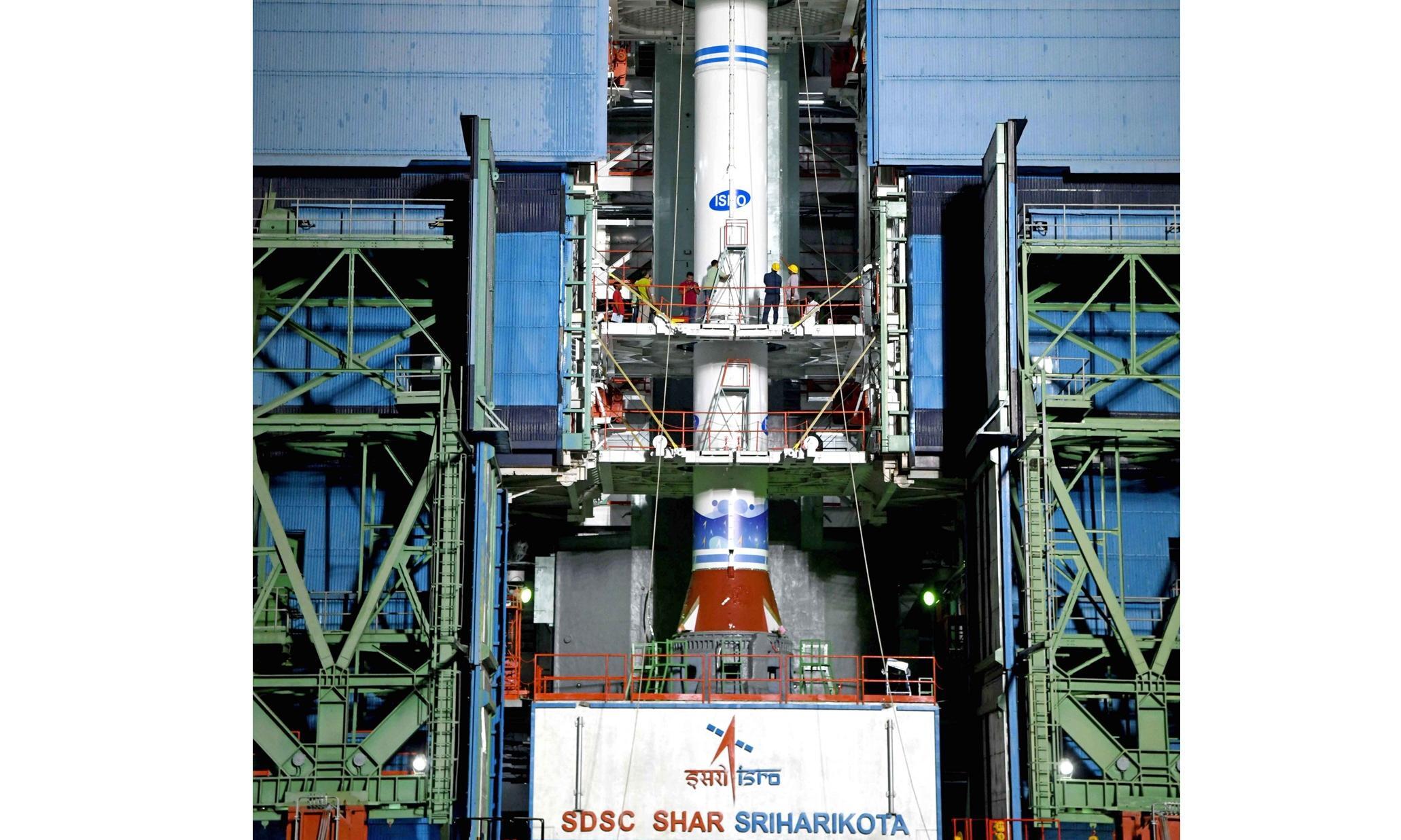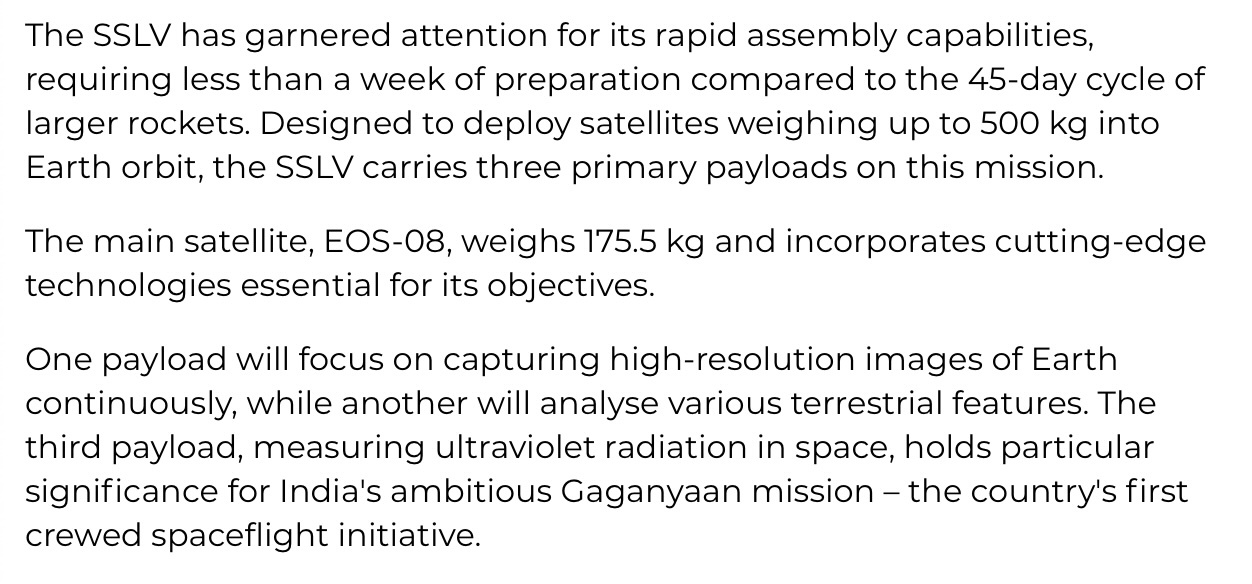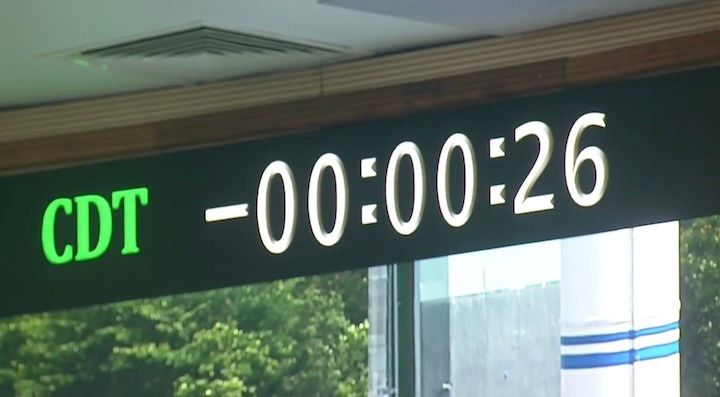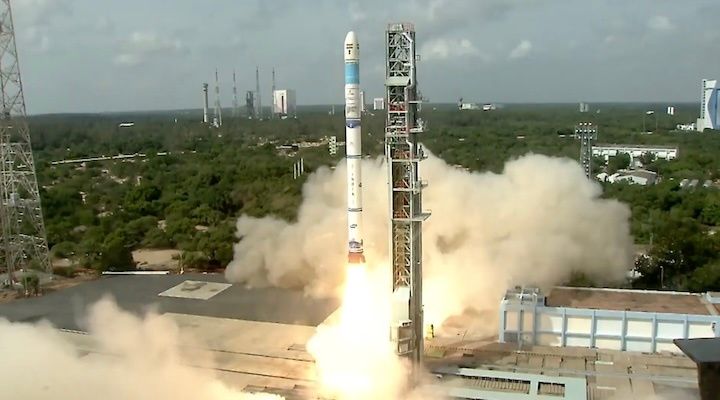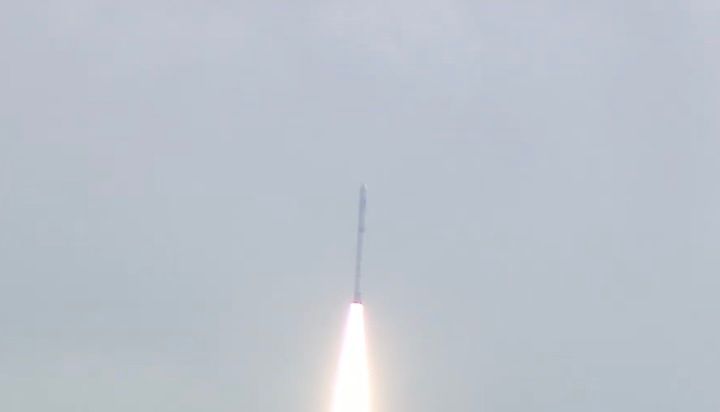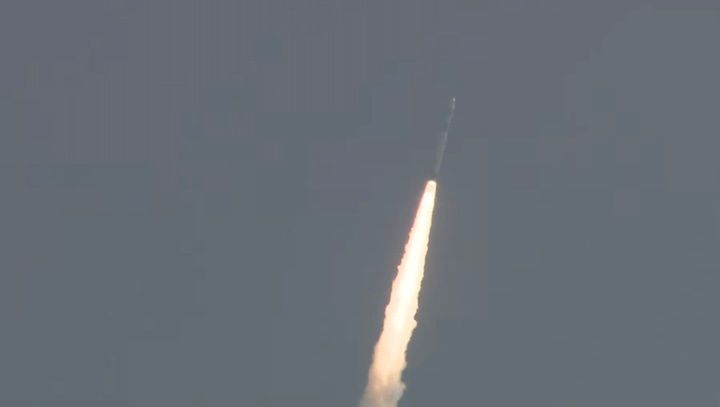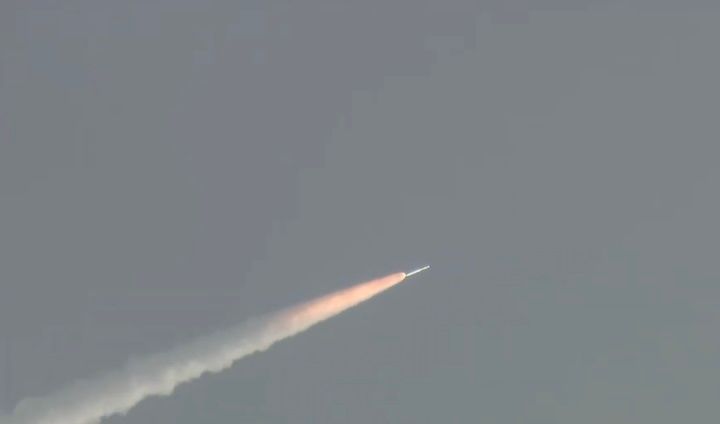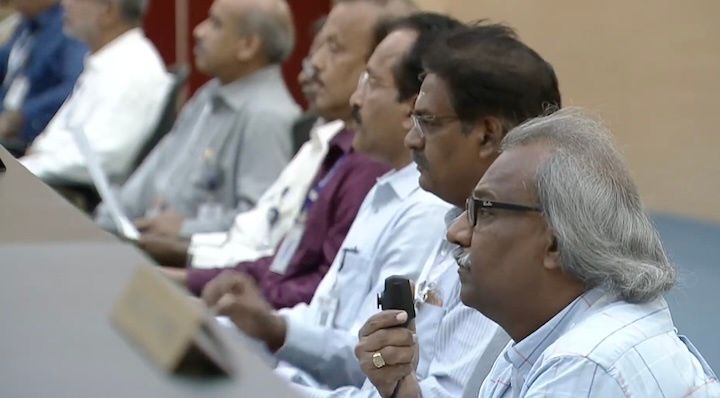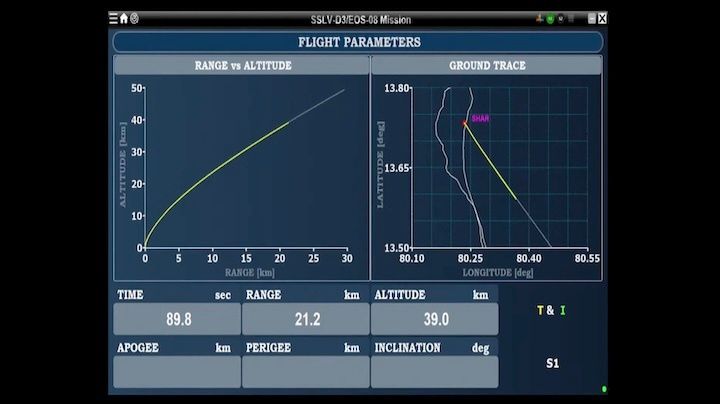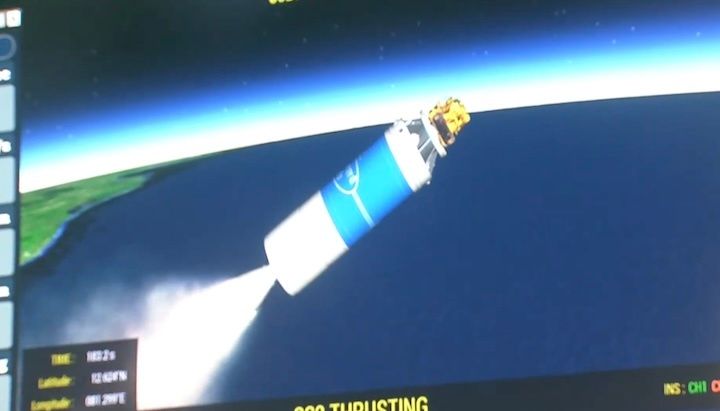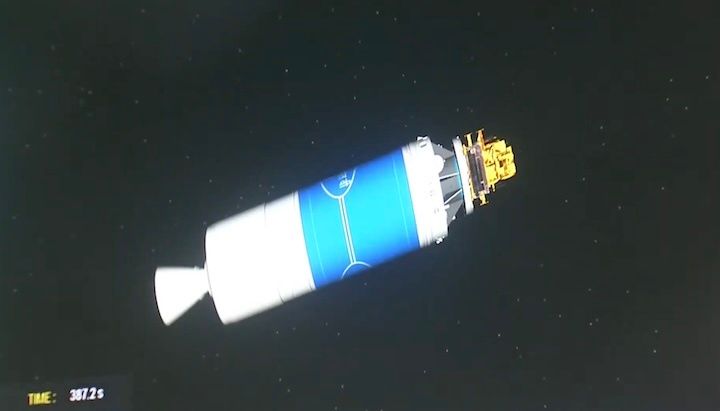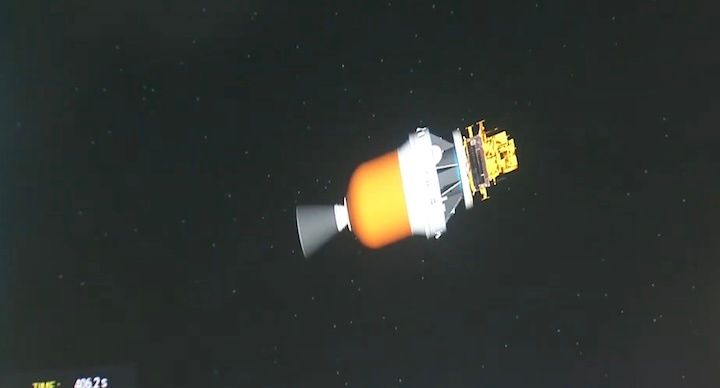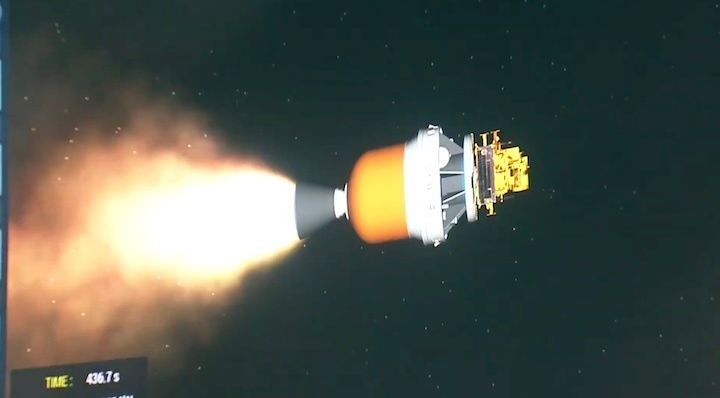8.08.2024
ISRO Likely To Launch Earth Observation Satellite-08 On Independence Day
ISRO's EOS-08 satellite, set to launch on Independence Day, carries three payloads for environmental monitoring, weather forecasting, and Gaganyaan mission support.
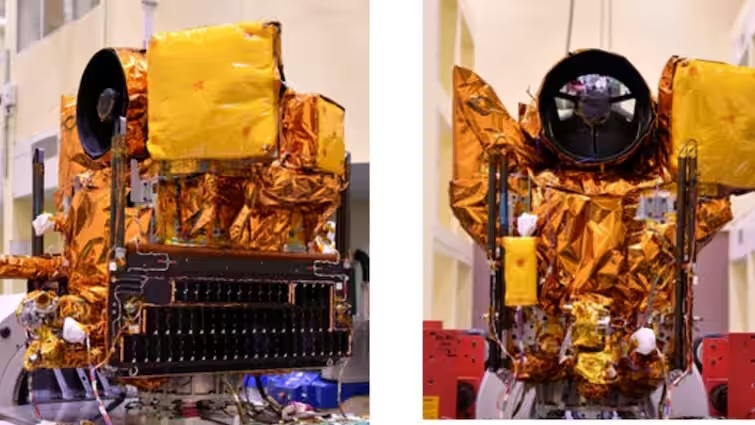
ISRO's EOS-8 IS ready for launch.
ISRO's latest Earth Observation Satellite, EOS-08, is scheduled for launch on August 15, Independence Day, via the Small Satellite Launch Vehicle (SSLV)-D3. The EOS-08 mission aims to develop a microsatellite, design compatible payload instruments, and integrate new technologies for future satellites. The launch will take place from the Satish Dhawan Space Centre (SDSC) in Sriharikota, Andhra Pradesh.
EOS-08 hosts three primary payloads: Electro Optical Infrared Payload (EOIR), Global Navigation Satellite System-Reflectometry payload (GNSS-R), and SiC UV Dosimeter.
What The Payloads Will Do
The payloads are designed to provide highly accurate data with an impressive stabilised imaging system to capture details on environmental changes, natural disasters, etc. The satellite will also help in studying the nature of ocean winds, soil moisture, and ultraviolet radiation, which will be instrumental in predicting weather and climate changes.
The EOIR payload will help in various sectors, such as satellite-based surveillance, disaster and environmental monitoring, fire detection, volcanic observation, and industrial disaster assessment.
The GNSS-R payload is used for ocean surface wind analysis, soil moisture measurement, cryosphere studies in the Himalayas, flood detection, and monitoring inland water bodies. This will help with weather forecasting and the issuance of flood warnings.
The SiC UV Dosimeter measures UV irradiance on the crew module in the Gaganyaan Mission and will serve as a gamma radiation high-dose alarm sensor.
The satellite is configured to operate in a Circular Low Earth Orbit (LEO) at an altitude of 475 km and has a mission life of one year. It weighs around 175.5 kg and generates about 420 W of power.
The EOS-08 represents a significant advancement in satellite mainframe systems with the inclusion of an Integrated Avionics system, known as the Communication, Baseband, Storage, and Positioning (CBSP) Package, which consolidates multiple functions into a single efficient unit, according to the Indian Space Agency.
Quelle: abp Live
+++
Isro to launch Earth Observation Satellite aboard SSLV's 3rd development flight
The EOS-08 satellite is designed to operate in a Circular Low Earth Orbit (LEO) at an altitude of 475 km.
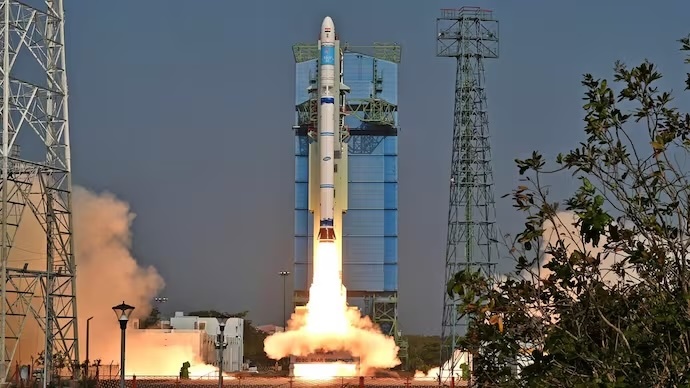
SSLV is a major leap forward in India's space capabilities. (Photo: Isro)
The Indian Space Research Organisation (Isro) is set to launch its latest Earth Observation Satellite, EOS-08, aboard the Small Satellite Launch Vehicle (SSLV)-D3.
This mission marks the third development flight of the SSLV and highlights Isro's ongoing advancements in satellite technology and launch capabilities.
The EOS-08 mission aims to design and develop a microsatellite, create payload instruments compatible with the microsatellite bus, and incorporate new technologies for future operational satellites.
Built on the Microsat/IMS-1 bus, EOS-08 will carry three key payloads, which include the Electro Optical Infrared Payload (EOIR) designed to capture images in the Mid-Wave IR (MIR) and Long-Wave IR (LWIR) bands, both during the day and night. Its applications include satellite-based surveillance, disaster monitoring, environmental monitoring, fire detection, volcanic activity observation, and industrial disaster monitoring.
The Global Navigation Satellite System-Reflectometry payload (GNSS-R) will demonstrate the capability of using GNSS-R-based remote sensing for ocean surface wind analysis, soil moisture assessment, cryosphere studies over the Himalayan region, flood detection, and inland waterbody detection.
The SiC UV Dosimeter instrument has been designed to monitor UV irradiance at the viewport of the Crew Module in the Gaganyaan Mission and serves as a high-dose alarm sensor for gamma radiation.
The EOS-08 satellite is designed to operate in a Circular Low Earth Orbit (LEO) at an altitude of 475 km with an inclination of 37.4°, and has a mission life of one year. Weighing approximately 175.5 kg, EOS-08 incorporates several advanced features, including integrated avionics system also known as the Communication, Baseband, Storage, and Positioning (CBSP) Package.
This system combines multiple functions into a single efficient unit, supporting up to 400 Gb of data storage.
The EOS-08 mission represents a significant step forward in satellite technology, with innovations such as X-band data transmission, advanced battery management systems, and enhanced thermal management materials.
The mission also emphasises indigenisation efforts, including solar cell fabrication processes and the use of a Nano-Star Sensor for microsatellite applications.
SSLV is a major leap forward in India's space capabilities, offering a cost-effective and flexible solution for launching small satellites into low Earth orbit.
The SSLV is designed to cater to the growing global demand for small satellite launches. With a payload capacity of up to 500 kg to Low Earth Orbit (LEO), it fills a crucial niche in the satellite launch market. The vehicle's compact size and quick turnaround time make it ideal for launching smaller satellites, which are increasingly popular for Earth observation, communications, and scientific research.
